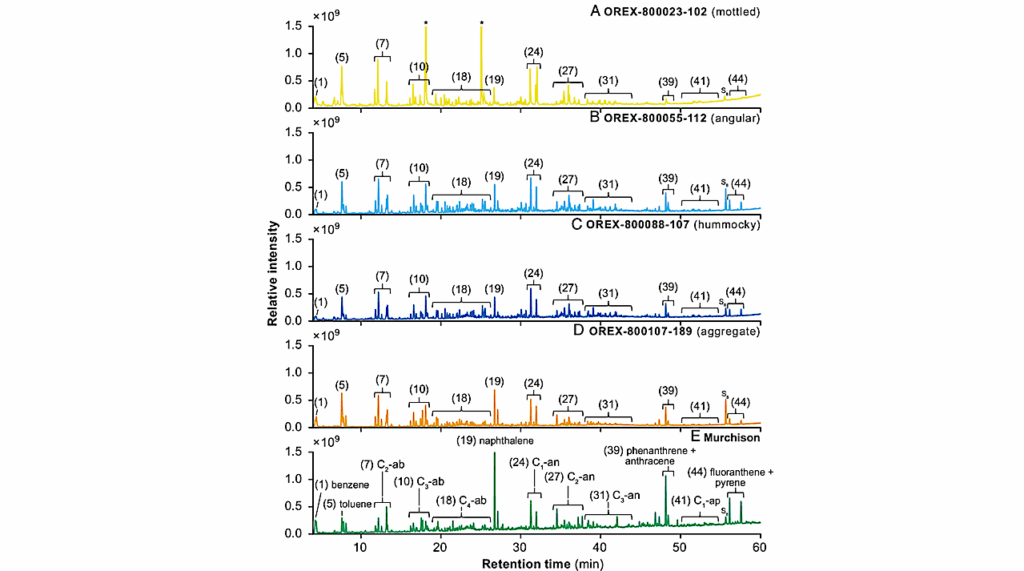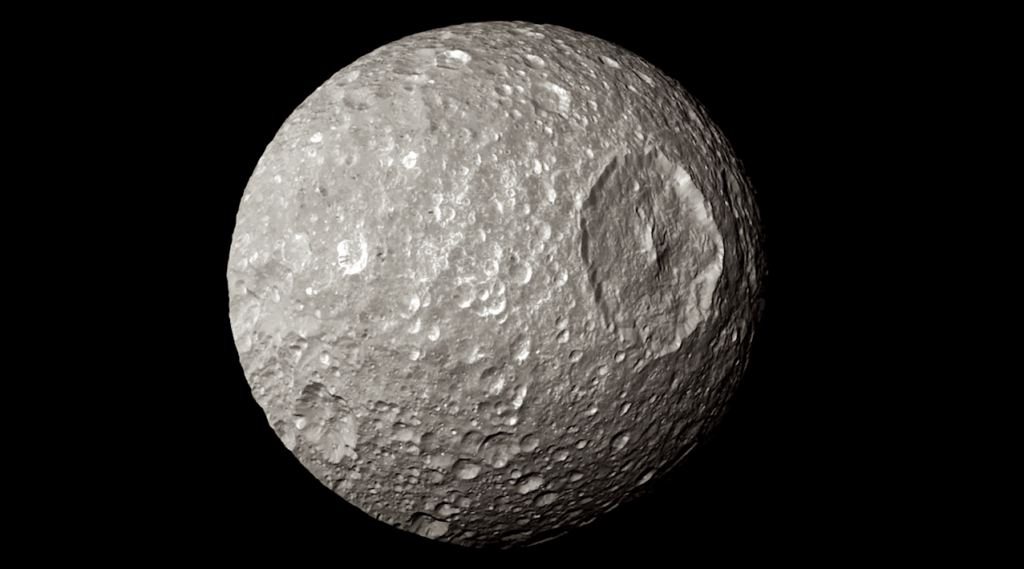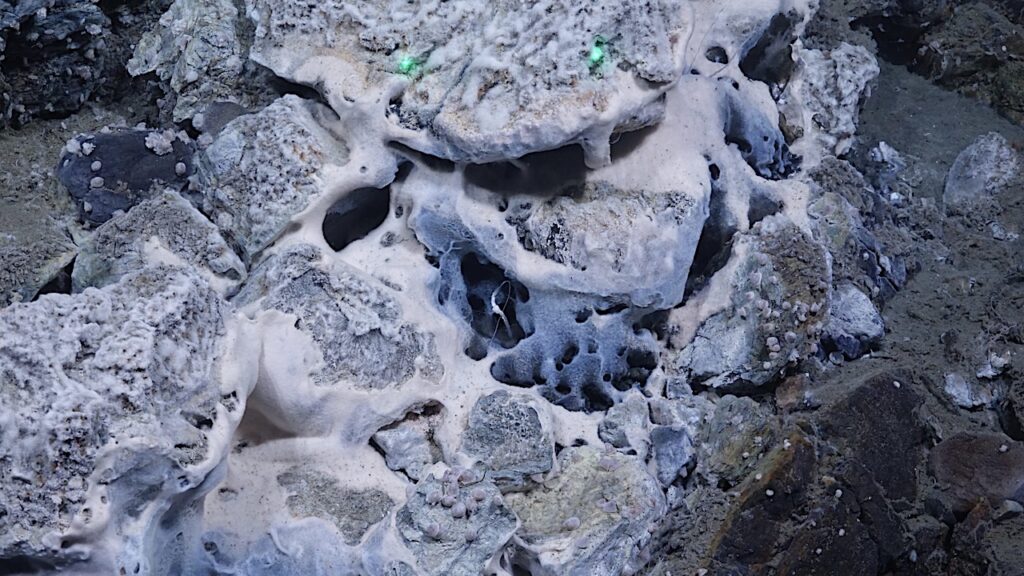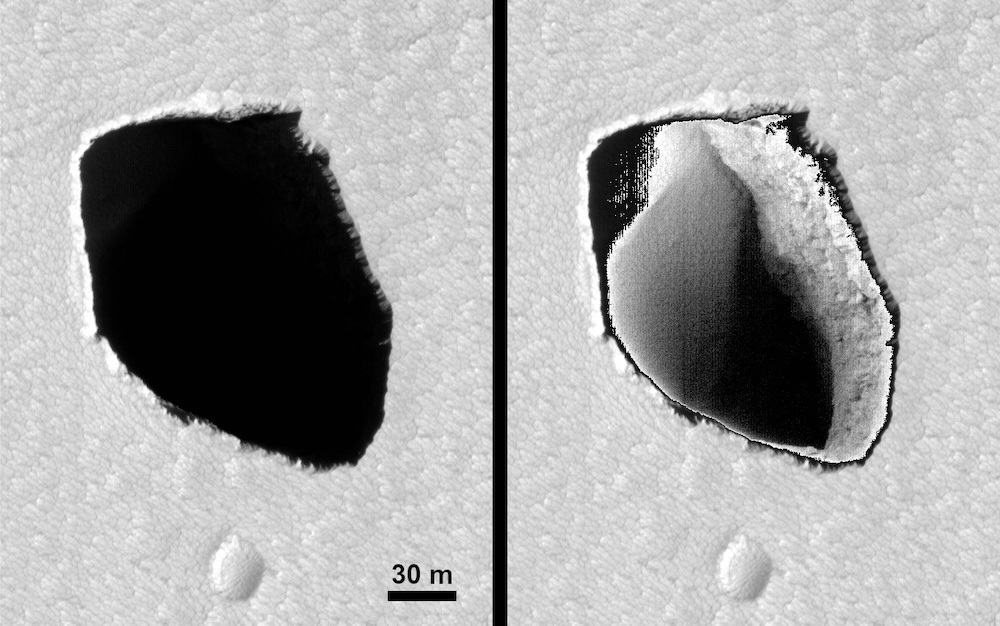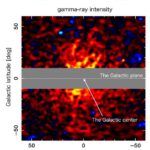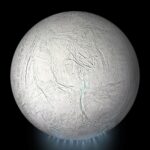Now Reading: JWST Coronagraphic Images of 14 Her c: a Cold Giant Planet in a Dynamically Hot, Multi-planet System
-
01
JWST Coronagraphic Images of 14 Her c: a Cold Giant Planet in a Dynamically Hot, Multi-planet System
JWST Coronagraphic Images of 14 Her c: a Cold Giant Planet in a Dynamically Hot, Multi-planet System
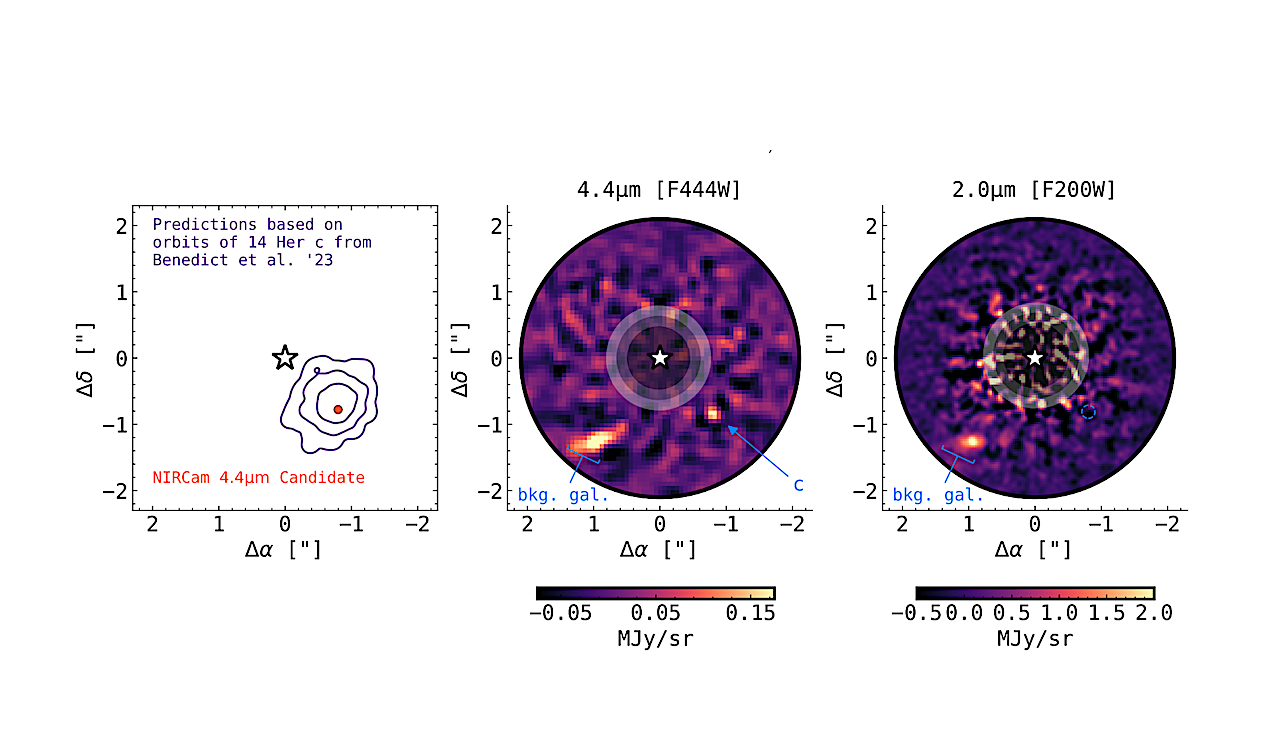

First direct image of 14 Her c. JWST/NIRCam coronagraphic imaging of the 14 Her system with the MASKA335R coronagraph (transmission indicated by gray shaded circles). North is up, east is left. Left: Prediction for the location of 14 Her c from a reproduction of the orbits presented in (G. F. Benedict et al. 2023), at the epoch of observation (MJD=60449), and the location of the point source detected in the F444W filter. Middle: A starlight-subtracted image taken with the F200W filter (1.755−2.227 µm), showing extended emission from a background galaxy at about 1. ′′5 to the SE from the host star. No other statistically significant point sources are apparent, as intended, given the cold temperature of the planet 14 Her c. Right: A starlight-subtracted image taken with the F444W filter (3.881−4.982 µm), showing extended emission from the same background galaxy, and a point source at 1. ′′1 to the SW with a contrast of 1 × 10−6 . The location of the point source, detected with a contrast of 9.6 × 10−7 , agrees within 1σ with the predicted location for the planet, so we conclude we have detected 14 Her c. — (astro-ph.EP
Most observed multi-planet systems are coplanar, in a dynamically “cold” configuration of concentric orbits like our own Solar System.
With the James Webb Space Telescope (JWST) we have detected 14 Her c, the first mature and cold exoplanet directly imaged in a dynamically “hot”, multi-planet system.
With large eccentricities and a nonzero mutual inclination, the present-day architecture of this system points to a turbulent past and ongoing angular momentum exchange between the planetary orbits of 14 Her b and c. The temperature of 14 Her c rivals both the coldest imaged exoplanet and the coldest known brown dwarf.
Moreover, its photometry at 4.4 mu is consistent with the presence of carbon disequilibrium chemistry and water ice clouds in its atmosphere. 14 Her c presents a unique laboratory to study giant planet formation, dynamical evolution of multi-planet system architectures, and atmospheric composition and dynamics in extremely cold worlds.

Sky projection of the architecture of the 14 Her system. The visual orbits for both planets, colored according to the time after the reference epoch 2020.0, MJD=58849.0. The new NIRCam relative astrometry of 14 Her c strongly constrains the relative orientation of the two planets’ possible orbital planes. — astro-ph.EP
Daniella C. Bardalez Gagliuffi, William O. Balmer, Laurent Pueyo, Timothy D. Brandt, Mark R. Giovinazzi, Sarah Millholland, Brennen Black, Tiger Lu, Malena Rice, James Mang, Caroline Morley, Brianna Lacy, Julien Girard, Elisabeth Matthews, Aarynn Carter, Brendan P. Bowler, Jacqueline K. Faherty, Clemence Fontanive, Emily Rickman
Comments: 25 pages, 10 figures
Subjects: Earth and Planetary Astrophysics (astro-ph.EP); Solar and Stellar Astrophysics (astro-ph.SR)
Cite as: arXiv:2506.09201 [astro-ph.EP] (or arXiv:2506.09201v1 [astro-ph.EP] for this version)
https://doi.org/10.48550/arXiv.2506.09201
Focus to learn more
Submission history
From: Daniella Bardalez Gagliuffi PhD
[v1] Tue, 10 Jun 2025 19:42:42 UTC (2,048 KB)
https://arxiv.org/abs/2506.09201
Astrobiology, astronomy,
Stay Informed With the Latest & Most Important News
Previous Post
Next Post
-
 012024 in Review: Highlights from NASA in Silicon Valley
012024 in Review: Highlights from NASA in Silicon Valley -
 02Panasonic Leica Summilux DG 15mm f/1.7 ASPH review
02Panasonic Leica Summilux DG 15mm f/1.7 ASPH review -
 03How New NASA, India Earth Satellite NISAR Will See Earth
03How New NASA, India Earth Satellite NISAR Will See Earth -
 04And Thus Begins A New Year For Life On Earth
04And Thus Begins A New Year For Life On Earth -
 05Astronomy Activation Ambassadors: A New Era
05Astronomy Activation Ambassadors: A New Era -
06SpaceX launch surge helps set new global launch record in 2024
-
 07Space Force plans new ‘Futures Command’ amid pressure to speed up modernization
07Space Force plans new ‘Futures Command’ amid pressure to speed up modernization












